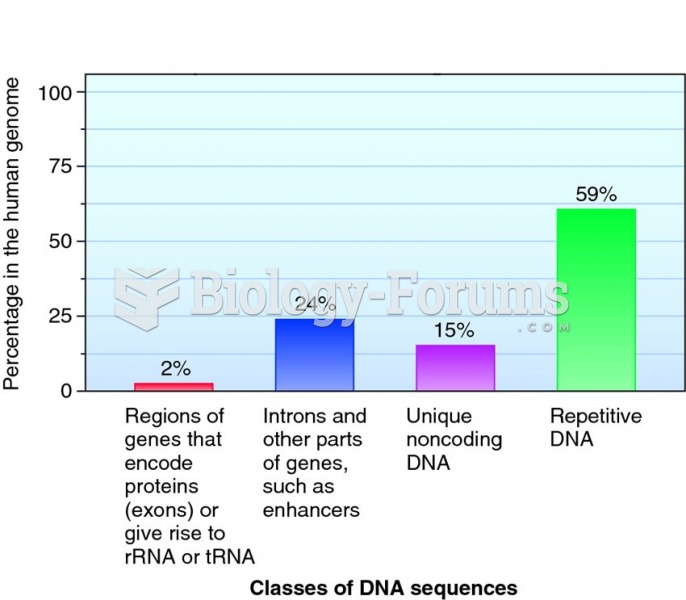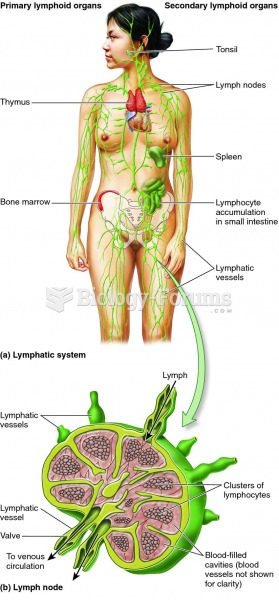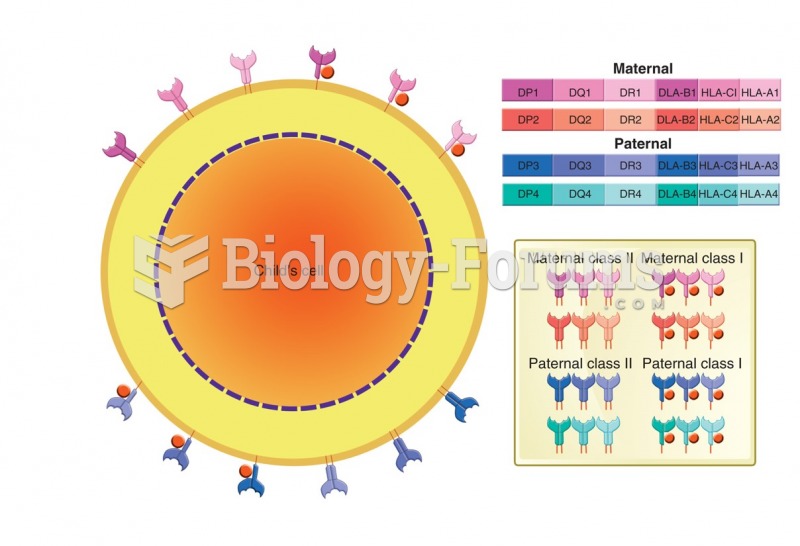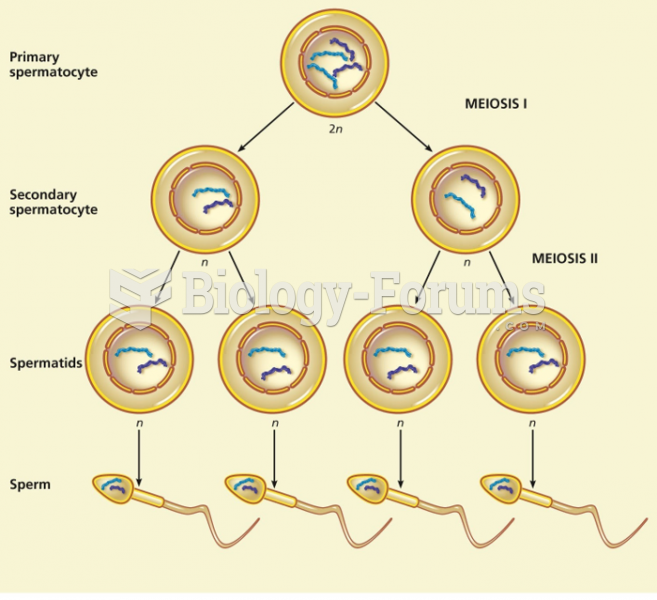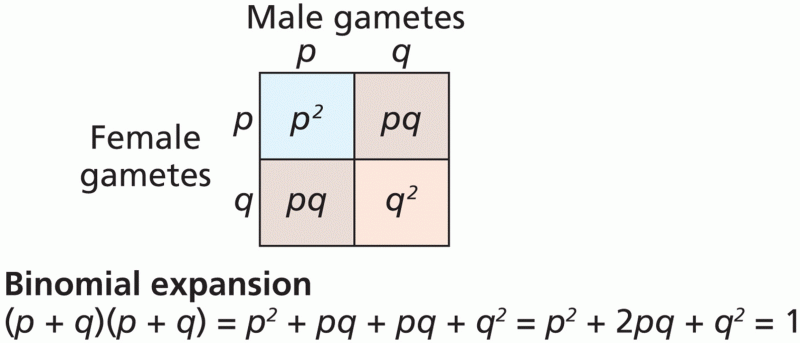Humans share what percentage of their genes with chimpanzees?
a. 50
b. 75
c. 90
d. 95
e. 99
Question 2
matching
1) acculturation
2) manifest function
3) latent functions
4) credential society
5) cultural transmission of values
6) gatekeeping
7) tracking
8) social integration
9) credentialing
10) mainstreaming
11) correspondence principle
12) self-fulfilling prophecy
13) grade inflation
14) social promotion
15) distance learning
A) the promotion of a sense of national identity through practices shared by all members of society
B) learning a culture to gain knowledge and skills
C) the process by which education opens and closes doors of opportunity
D) using diplomas and degrees to determine who is eligible for a job
E) the sociological principle that schools correspond to or reflect the social structure of their society
F) courses taught to students who are not physically present with the instructor
G) intended beneficial consequences of people's actions
H) in reference to education, the ways in which schools transmit a society's culture, especially its core values
I) higher grades given for the same work; a general rise in students' grades without a corresponding increase in learning
J) passing students on to the next level even though they have not mastered basic materials
K) the use of diplomas and degrees to determine who is eligible for jobs, even though the diploma or degree may be irrelevant to the actual work
L) Robert Merton's term for an originally false assertion that becomes true simply because it was predicted
M) the sorting of students into different educational programs on the basis of real or perceived abilities
N) helping people to become part of the mainstream of society
O) unintended beneficial consequences of people's actions
Question 3
Approximately _________ of the people in the U.S. are lower middle class.
a. 11 percent
b. 22 percent
c. 34 percent
d. 45 percent


